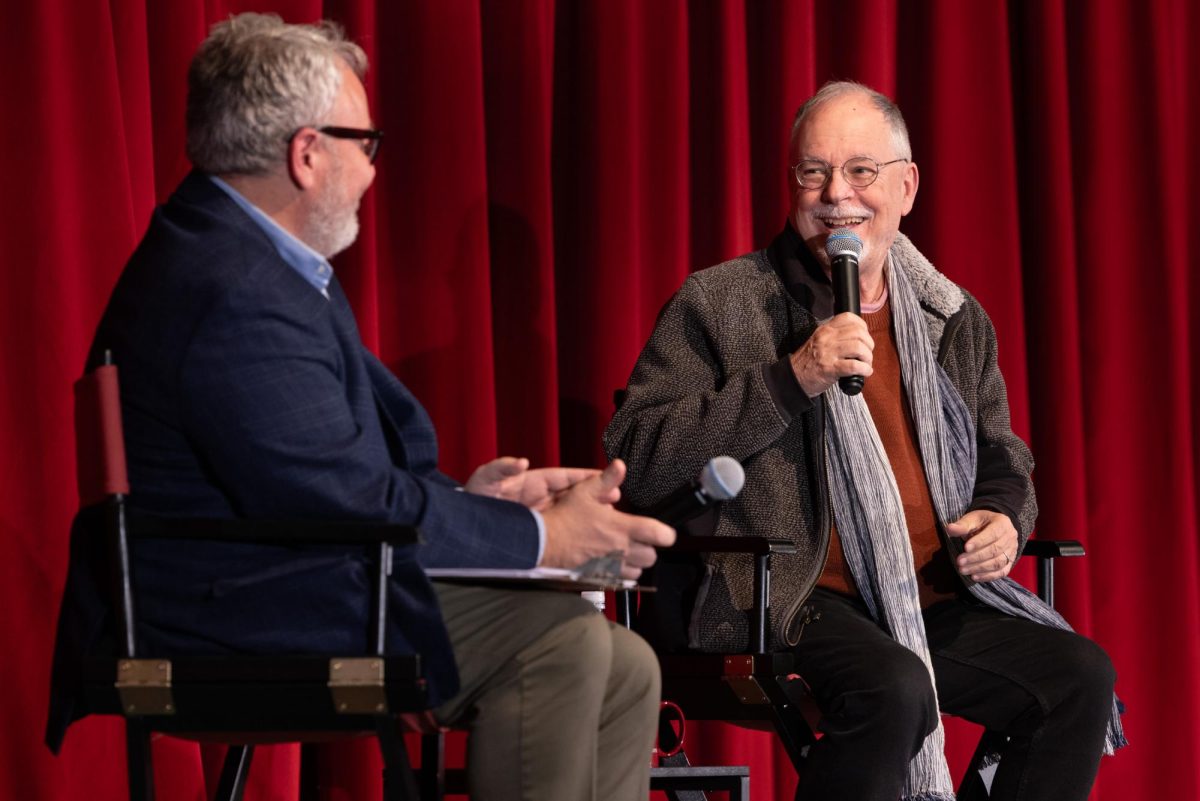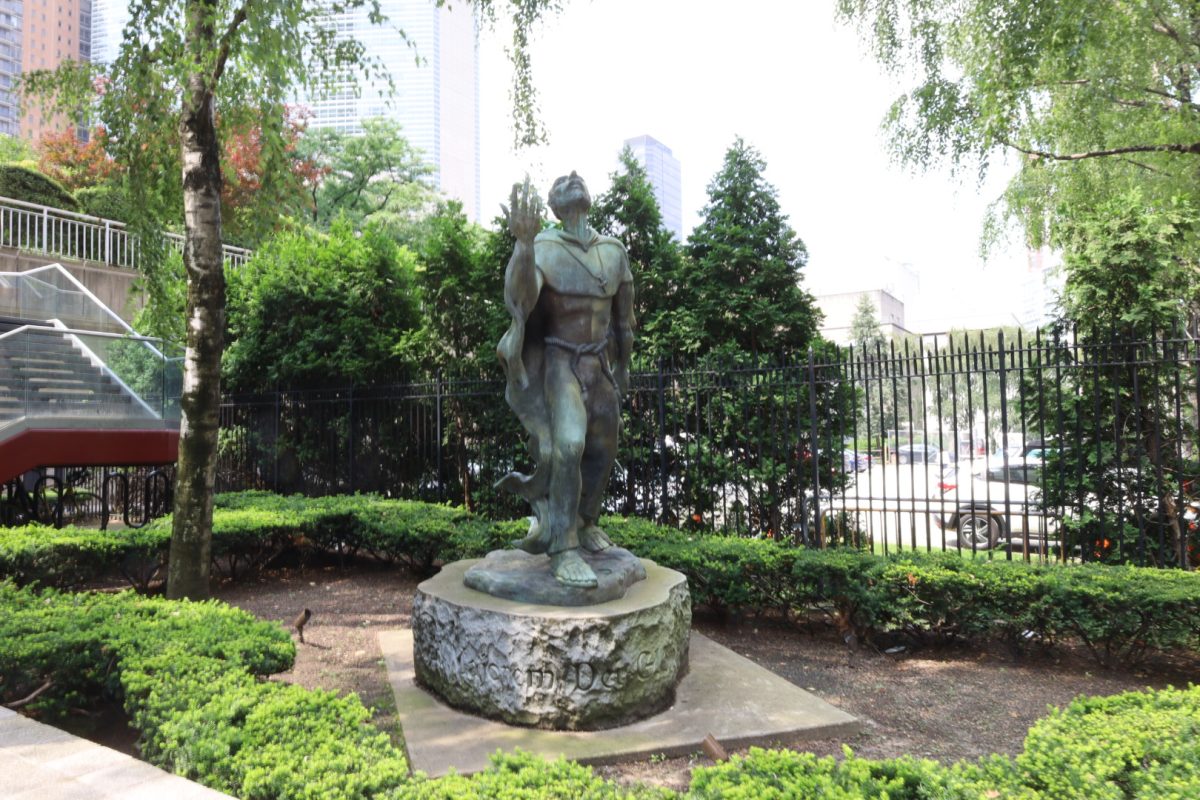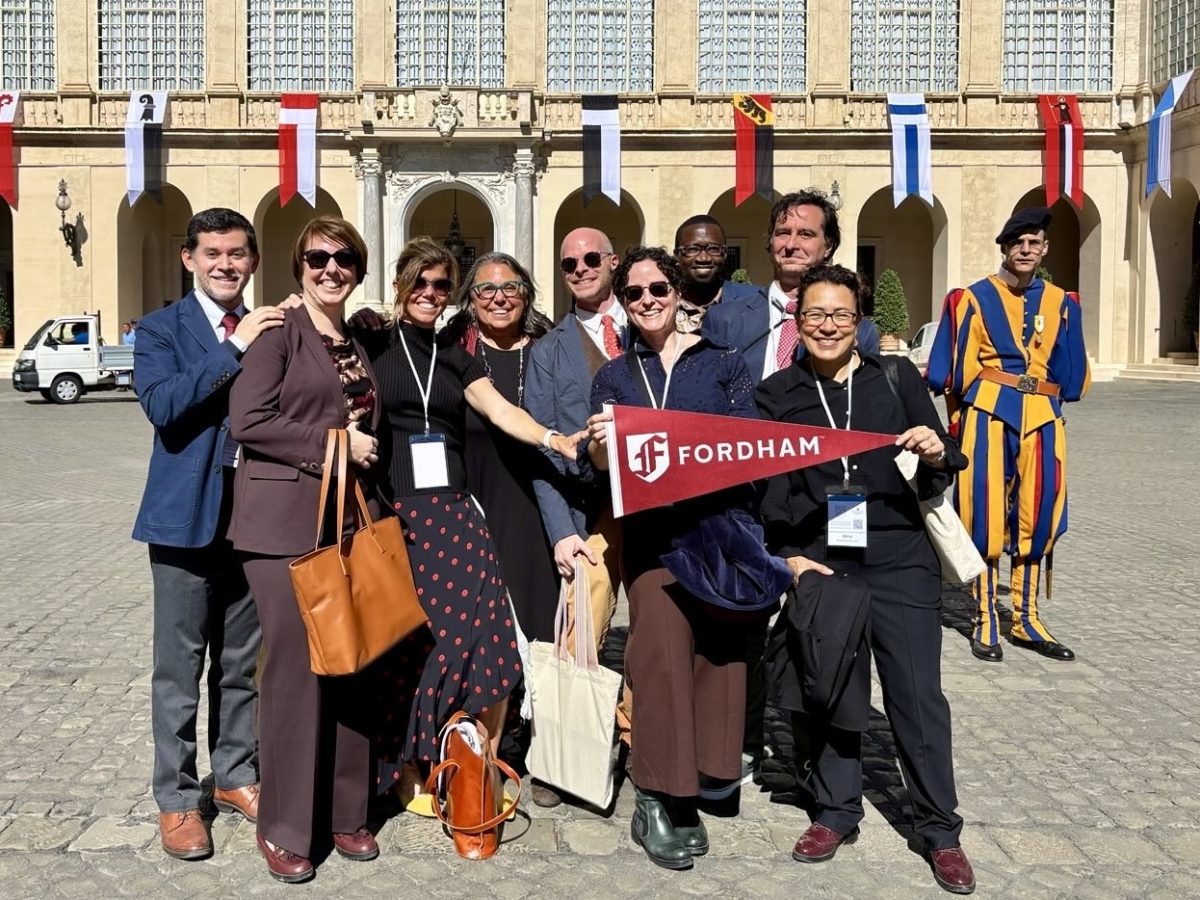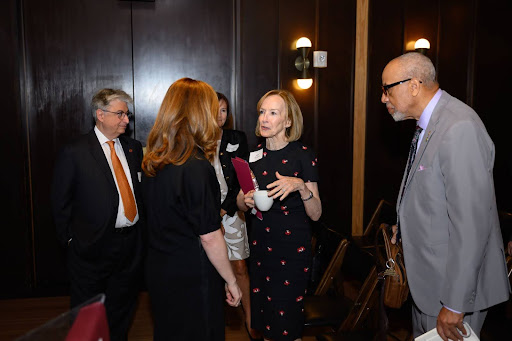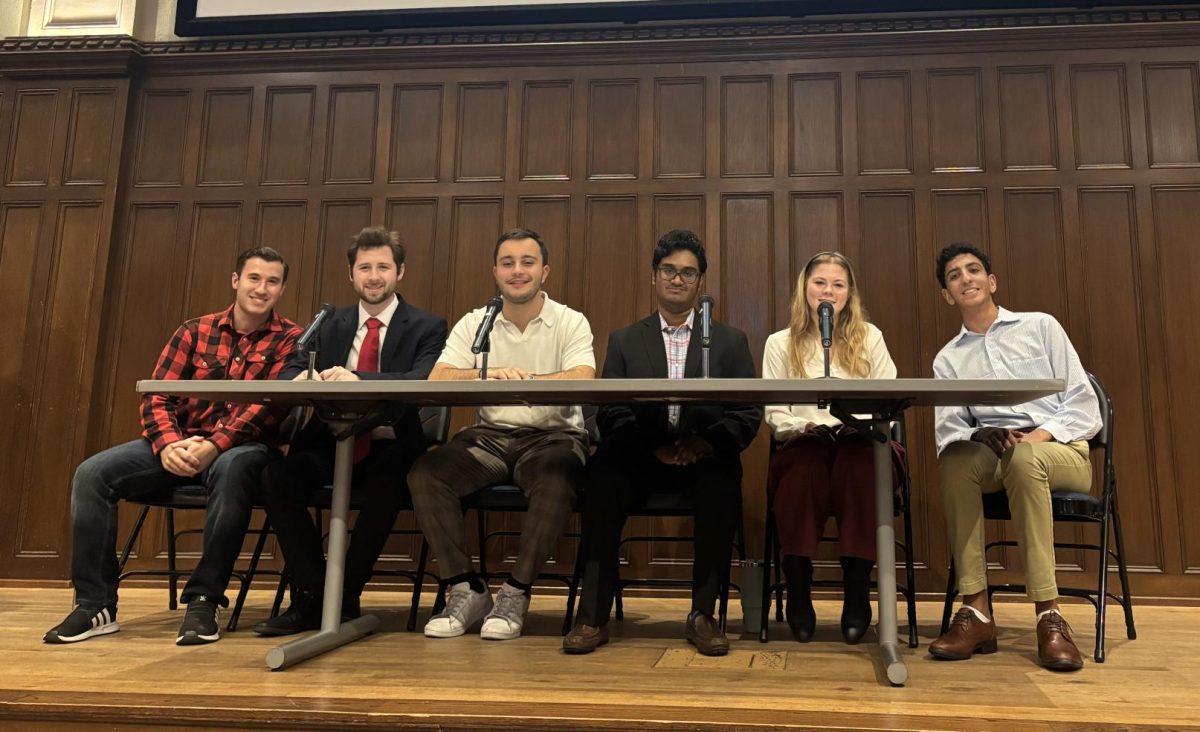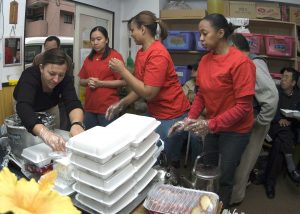
By Victor Ordonez
Fordham University has over 140 clubs, ranging from cultural and international clubs, to political and student government clubs. There are also a number that dedicate themselves to service and philanthropy. From those that fundraise for pediatric cancer, to those that work with people with special needs, there are a variety of clubs dedicated to community work.
There are also those clubs, like Generation Citizen and Jumpstart, that do work directly in the Bronx. However, some have otherwise criticized Fordham University’s active involvement in the greater Bronx community.
“I strongly think Fordham does not do enough to invite members of the surrounding Bronx community into the gates,” said Eric Stolar, FCRH ’19. “Though there are programs like C-step, CitySquash, and History Makers available to community members, these programs aren’t always well attended.”
While many academic institutions – like Loyola University Maryland and Georgetown – have offices geared towards community engagement, Fordham University does not. Rather, there are multiple departments that dictate Fordham’s involvement.
Lesley Massiah-Arthur, vice president of government relations and urban affairs, dismissed any comparison to other institutions when describing Fordham’s community engagement system.
“I think what happens is that you’re kind of comparing apples and oranges,” said Massiah-Arthur. “Universities are organic structures that develop over time based on what happens in their surrounding environments. You will not find a specific community engagement office on our website because each department will offer different kinds of engagement.
However, John Sanchez, district manager for Bronx Community Board 6, said he encountered difficulties when reaching out to Fordham. Sanchez reached out to the Dorothy Day Center in attempt to promote community engagement amongst incoming freshmen. “I want the freshman orientation and the community board to be stakeholder that spoke at freshmen orientation and or lead a neighborhood tour,” said Sanchez.
Sanchez said that he was sent to various departments until he eventually received no response from the university regarding his initiatives. “I kept hearing that ‘we are working on it, we are working on it,’ and nothing ever happened,” Sanchez said. “I want the community board to be a service learning site. There were very specific things that I wanted to do with the Dorothy Day Center and also create a pipeline of volunteer opportunities that we would have.”
Director the Dorothy Day Center for Service and Justice, Roxanne De La Torre, said these events cannot be in the same department. De La Torre said that different events “can’t be put into the same category, especially when some must have interactions with government relations, which is a separate and distinct department from us. It’s two complete different areas of the university.”
Additionally, Sanchez said he suggested to Dorothy Day that the university develop a specific office for community engagement. “I was proposing that the university should have an office of civic engagement. Or they can call it office of community relations… someone whose sole role is to strengthen community relations.”
When describing Fordham’s community engagement process, Messiah-Arthur specified the different resources available to each individual institution. “We’re not Columbia University,” said Massiah Arthur. “That university has a very large government relations and community service office. It’s about 30 people. They have the resources to do that, we do not”
Rather than reaching out to a specific office of community engagement, third parties offering community outreach opportunities are directed the the department best suited for the task. For example, if that party has political ties their request would be sent to Fordham’s office of government relations and urban affairs.
De La Torre also said that any community outreach internship offers must be examined by the provost’s academic unit. However, if that internship includes political aspects, the offer must go through the office of government relations and urban affairs before the university can offer the internship to students.
The Higher Education Act act along with New York State law requires Fordham to have very specific guidelines in terms of internships, according Massiah-Arthur.
Massiah-Arthur said that offices of government relations are now taking on more regulatory role at universities. “We now look at relationships between Fordham and the community from a political perspective,” said Massiah-Arthur. “We now have to ensure that one does not cross the threshold in terms of lobbying. And more importantly, that as much as 40 is an education institution. It is also affected by political changes.”
Fordham’s community involvement structure is not available on the university website. For example, Loyola and Georgetown University have webpages dedicated to community engagement. These pages include lists of departments and a description of the administrative process behind approving community outreach programs.
Massiah-Arthur acknowledged that there is room for improvement when it comes to community engagement. “The current structure could always use improvement,” said Massiah-Arthur. “I would be remiss if I said to you that we are 1000 percent perfect. We’re not. That said given the resources that we have given the relationships that we’ve had we’ve been able to do a lot in terms of our interaction with the community.”
However, Maddy Allison, FCRH ’19, believes Fordham is flawed without a specific office for community engagement. “Students aren’t encouraged to be good neighbors, commuter students are often isolated, and there are no spaces for dialogue with community members facilitated by the university,” said Allison. “All of the meaningful connections that I have made with community members outside of volunteering were established without any help from the university or its programming.”
Contributed Reporting by Aislinn Keely.



































































































































































































